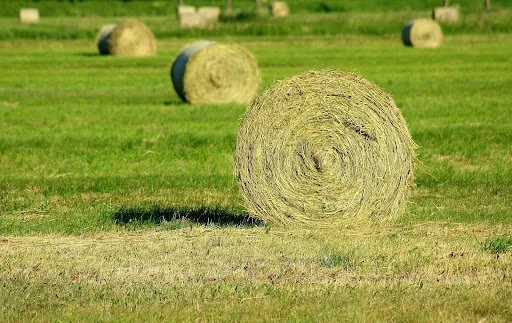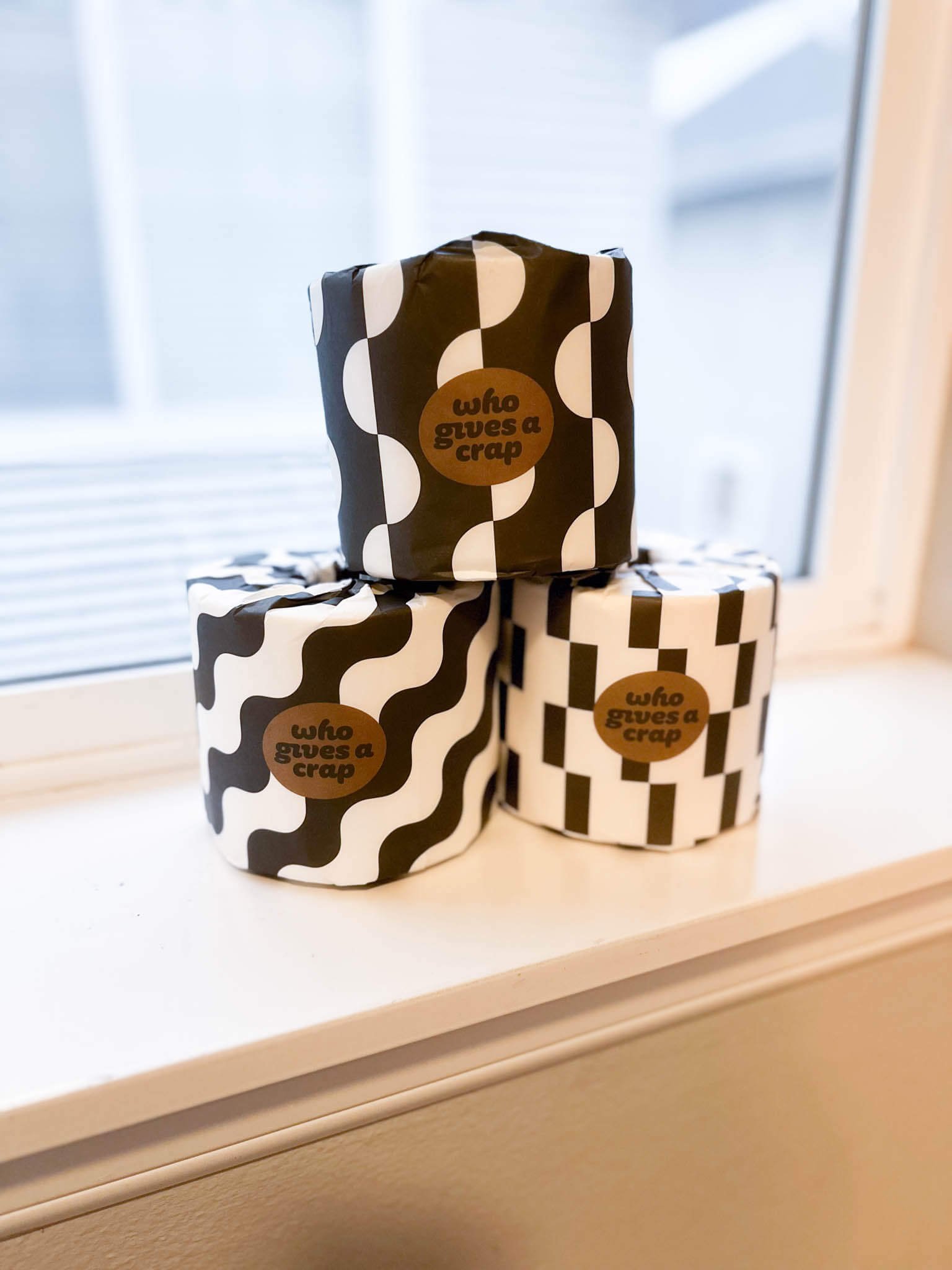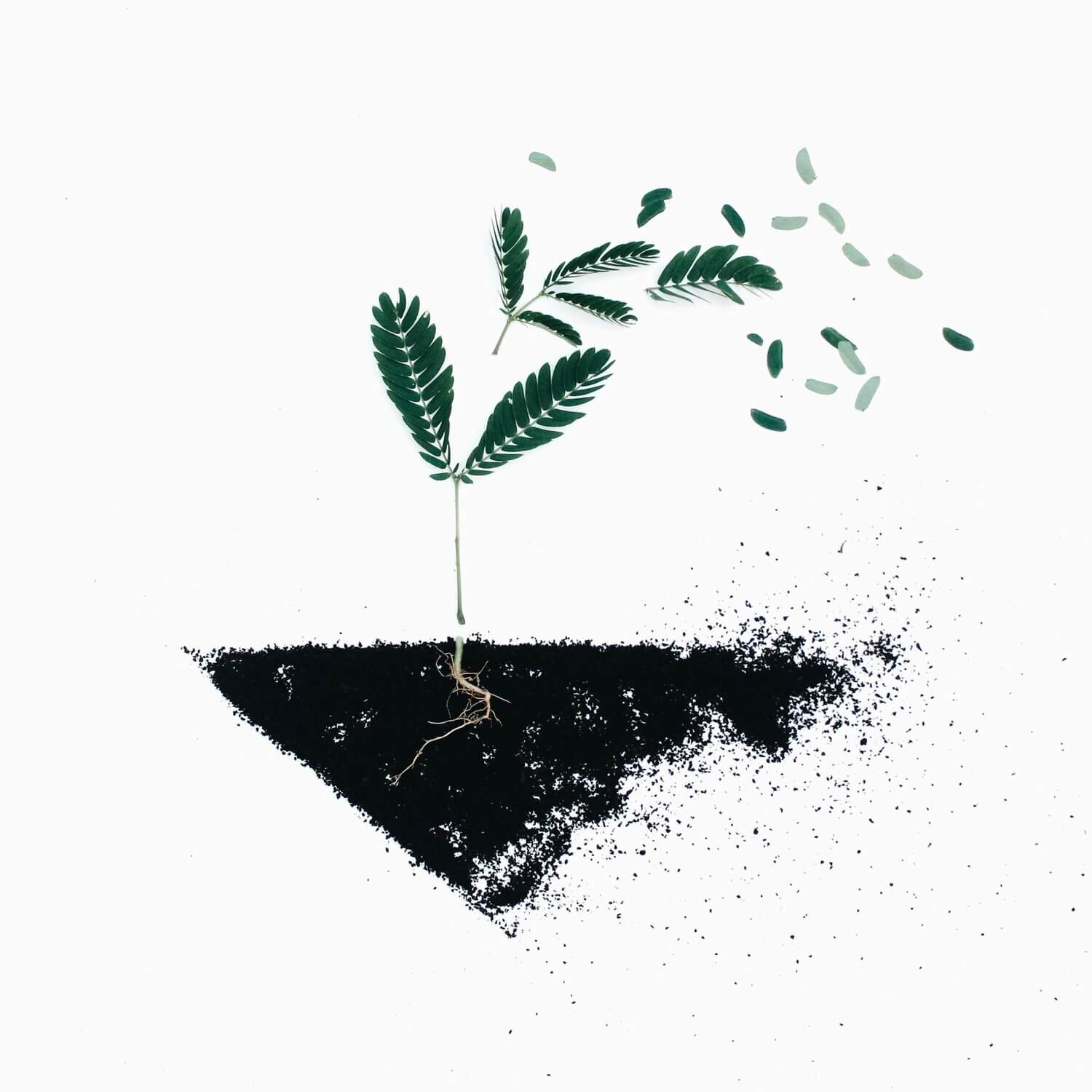How to Compost Your Grass Clippings from Your Lawn
Did you know that you can compost grass clippings? That's right, those pesky blades of grass that always seem to multiply can be turned into nutrient-rich compost for your garden.
Not only is composting easy, but it's a great way to reduce the amount of waste you produce each year. In this blog post, we'll walk you through the basics of composting grass clippings and provide tips on getting the most out of your compost pile. Let's get started!
This post does contain some affiliate links which means The Honest Consumer may receive a commission if you decide to purchase, however, at no additional cost to you!
What Are Grass Clippings?
Most people know that grass in their yard needs to be cut regularly, but few know what to do with the resulting grass clippings, which come from mowing the lawn, and can also be called lawn clippings.
Many homeowners bag and throw them up, but this is a waste of a valuable resource of organic material. The best way to make use of your grass clippings is to compost them!
Grass clippings can be used to fertilize your lawn and help it to stay healthy and green.
When spread over the surface of your lawn, they will quickly decompose, releasing nutrients that can help your grass grow, and you can use. your compost to nurture your garden bed as well.
They can also help suppress weed growth and reduce the water needed to keep your lawn healthy. As a result, using grass clippings as fertilizer can save you time and money in the long run.
What To Do With Grass Clippings After Mowing?
After a leisurely afternoon of mowing the lawn, you might be wondering what to do with all those grass clippings and yard waste as you admire your freshly cut grass.
While it may be tempting just to let them blow away in the wind, there are many things you can do with them!
As fertilizer: For starters, an easy way to get the most from your lawn mowings is you can allow the clippings on the lawn to decompose. As they break down, they will release essential nutrients that help fertilize your grass. Just make sure the clippings lay in thin layers so they don't harm the living grass.
As mulch: You can also use them as mulch in your flower beds and vegetable gardens. Just be sure to spread them thinly so that they don't smother your plants. You can use a mulching mower, which has specific mower blades, to achieve the right texture of grass clippings. However, if the weather is particularly windy where you live this might not be the best option as the grass mulch will fly away!
Compost: Alternatively, you can compost them in a compost tumbler or add them to your backyard compost heap. Grass clippings are a great source of nitrogen essential for healthy plant growth. They make a great addition to good compost, so add them to your compost bin or pile and let nature do its work!
Whatever you choose to do with your grass clippings, make sure they don't end up in the landfill. After all, they're a valuable resource that can help your garden thrive!
How To Compost Grass Clippings?
One of the simplest ways to reduce your waste and help your garden is to learn how to compost grass cuttings. Fresh grass clippings are a great source of nutrients for your garden and are easily renewable.
All you need is a lawn mower and a little know-how. Here's a guide to getting started.
First, make sure that your lawn mower has a grass catcher. This will help prevent clippings from being scattered all over your yard and is the easiest way to trap the fresh clippings.
Second, choose a spot in your garden where you want to compost the clippings. It should be close to a water source so you can easily water the pile.
Third, start mowing! Be sure to mow in different directions each time so that the clippings are evenly distributed.
Fourth, once you have enough clippings, it's time to start composting. You can do this by simply piling the clippings in a mound and covering them with soil. Be sure to turn the pile every few weeks, so it doesn't get too compacted. There are a lot of other food scarps and yard waste you can add to your compost pile too!
Fifth, once the compost is ready, you can use it to fertilize your garden beds or Mix it in with potting soil for potted plants.
If you're not into backyard composting on your own check with your city as some cities have compost pick up! You can also consider a compost tumbler.
Composting grass clippings is a great way to reduce your waste and give your garden a boost of nutrients. It's easy to do and a great way to help the environment. Give it a try today!
How To Make The Decomposition Process Faster?
By following these tips, you can speed up the decomposition of your grass clippings and turn them into rich compost that your plants will love with less time to wait.
One of the easiest ways to speed up the decomposition of grass clippings is to chop them into smaller pieces. This exposes more surface area to microorganisms, which speeds up the decomposition process.
You can add some organic matter and plant materials to your grass clippings, such as dry leaves, coffee grounds, or compost. This will provide a source of food for decomposers, which will help them to break down the grass more quickly.
Finally, for the best results make sure that your grass clippings are in a warm, moist environment. Moisture level matters and will provide ideal conditions for decomposition to occur. If your clippings are too dry, they will take longer to break down.
Too much moisture can cause them to rot, slowing down the decomposition process.
How To Make A Compost Bin For Grass Clippings?
Making a compost bin for grass clippings is easy and can be done with items you may already have around your home.
The first step is to find a suitable container. Many people use an old trash can or plastic storage bin. Once you have your container, drill or punch several holes in the bottom for drainage.
Next, fill the bottom of the container with an inch or two of coarse material such as gravel or small rocks. This will help to improve drainage and prevent the buildup of excess moisture. The next layer should be made of brown materials such as dead leaves, shredded paper, or wood chips. These materials provide essential carbon for the composting process.
Finally, add a layer of green material such as grass clippings or vegetable scraps. Mix the layers well and regularly add new material to the top.
With proper care, your compost will quickly break down grass clippings and other organic matter, providing valuable nutrient-rich compost that is a great nitrogen source for your garden.
No more leftover grass clippings scattering across your driveway! I personally use the Fresh Air Compost Bin by Full Circle for my food waste and I think this bin could work well for grass clippings as well!
Tips For Getting The Most Out Of Grass Clipping
If you are interested in using grass clippings as a form of mulch or compost, you should keep a few things in mind.
First, ensuring that the grass clippings are dry before applying them to your lawn is essential. Wet clippings can lead to fungal growth and other problems.
Second, you should avoid using grass clippings from treated lawns, as the treatment chemicals can harm plants.
Finally, remember to rake up any grass clippings after mowing, as a thick layer can block sunlight and lead to lawn problems down the road.
So, there you have it! Everything you need to know is how to compost grass clippings. By following these simple tips, you can help make your lawn look great while reducing the amount of waste that goes into landfills each year.
What a great use for extra glass clippings and free fertilizer! Go get to clipping your lawn grass!
For more tips & tricks on sustainable living be sure to follow The Honest Consumer on social media, subscribe to our newsletter, & check out the Ethical & Sustainable Brand Directory.





















